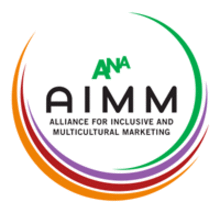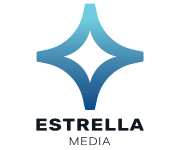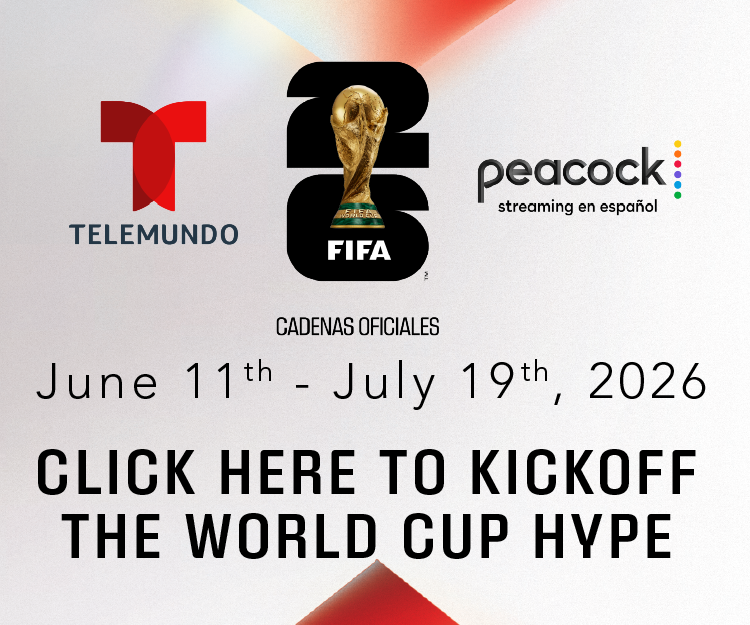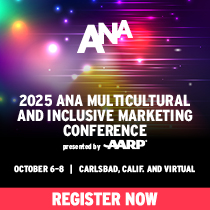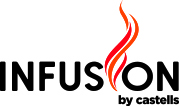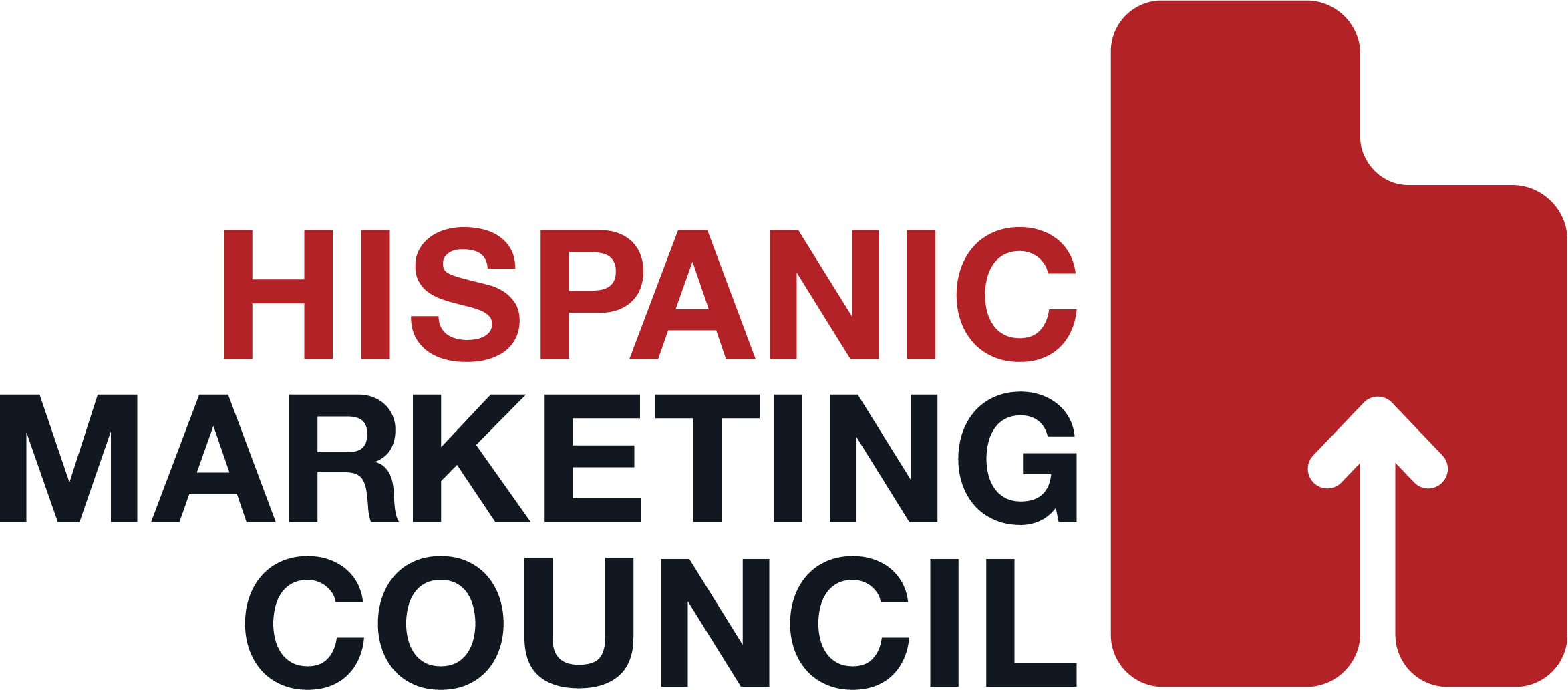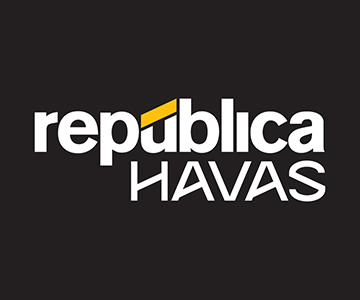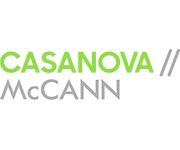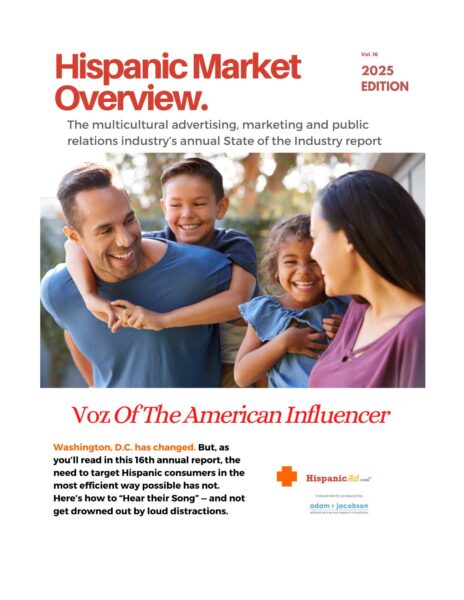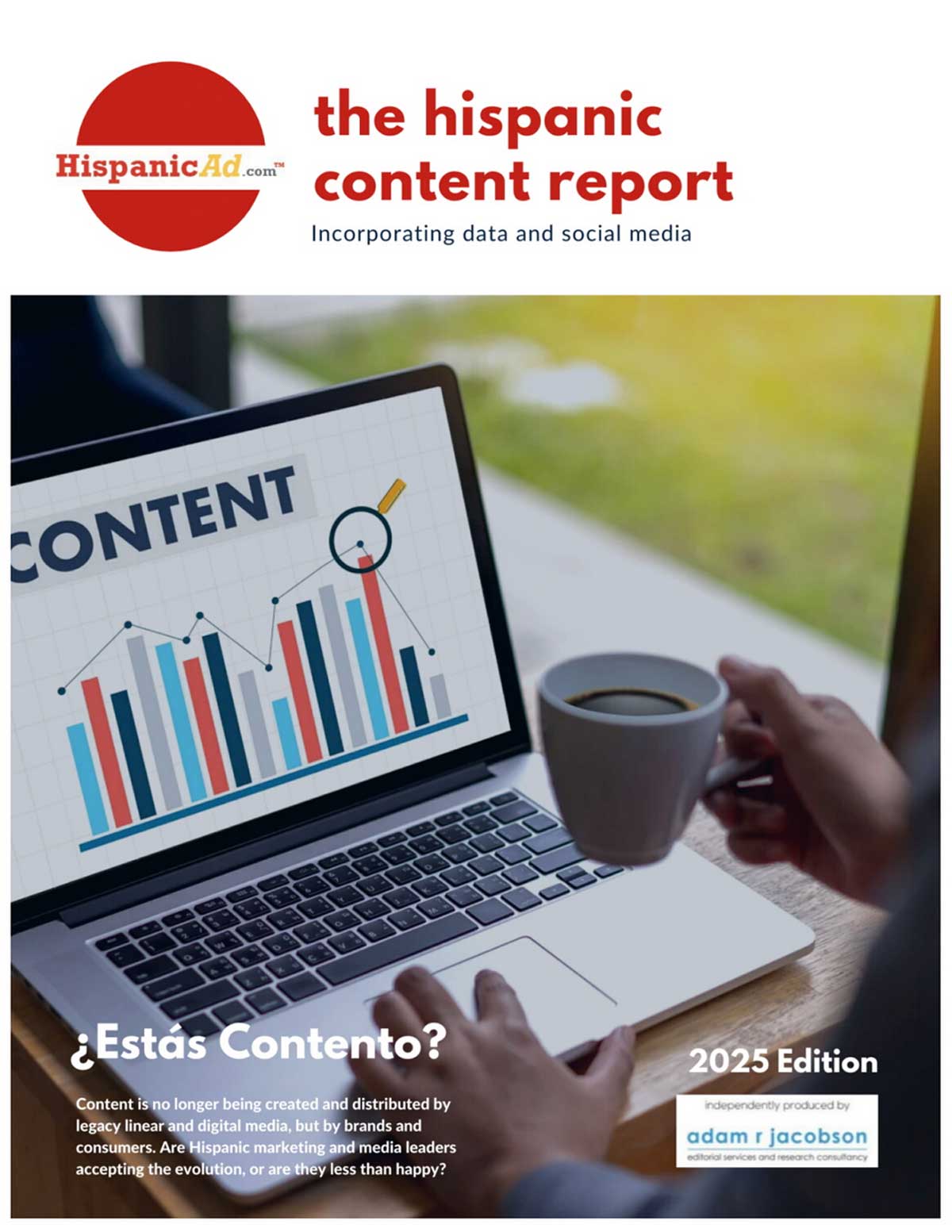Opinion: Why the holding company model doesn’t make room for diversity
July 9, 2020
 By William Esparza – CEO of hyphenated
By William Esparza – CEO of hyphenated
I come from a drug-stricken neighborhood. My neighbor ran the block and the cops ran the hood. I was raised in Pico-Union, Los Angeles, and I still remember my mother’s plea to cops whose guns were point-blank on my younger brother for simply fearing them. Those words were: “That’s my son!”
I had a lot to say, filled with rage, pride and soul; no one was going to stop me from making my name with the language of the streets; graffiti. My passion took me to Artcenter and to high places in this fear-based self-praising creative business where those in control believe that selling culture is greater than solving for it.
It’s time to end the B.S., the public displays of personal growth and promised actions.
Through webinars, leaders of holding company networks ask for patience as they repent from the comfort of their Hudson River Valley retreats. Legendary stuff—like committees, internships, exec training and the best one, transparency—designed to highlight the Sisyphean task ahead. Appeasing those who demand change with newfound commitment and a well-intentioned chief diversity officer who becomes a pawn in their game.
Agencies of today are failing to provide immediate, impactful solutions to fighting racism because the model suffers from 20th-century limitations. If the aim is to accelerate the growth of underrepresented and marginalized communities while becoming more effective marketers, then we must abandon our reliance on the holding company model and commit to independent agencies. I’m done fighting with the combustible fragility of today’s agencies and their broken models. Fighting the exceptionalism of this industry requires vision, independence and commitment. The result will be empowered communities of color where the next generation won’t have to fight but instead takes Flight.
Real change needs empathy, not sympathy. It takes life experience, not advertising expertise. And, most importantly, it requires rising leaders to re-imagine the “fit it in or get out” industry we’ve Inherited.
Identity suppression is core in agency cultures; it’s how the system neutralizes the alluring, outspoken individual of color—those who are uncompromising in their truth and uplifting stories, the ones who see it as an obligation to break labels and change narratives. Just look around, most IPOC in this business have been conditioned to code switch and hide who they are. A disguise-ordie approach to their career, of speaking when it comes to color, equality and questions of culture because it’s only then that corporations value their opinion.
My code went beyond words, reconciling for the hood in me. If my ideas were to get through, I needed to convey safety, not risk. I was always honest, diligent and humble, a soft-spoken, nurturing voice, never slipping. That changed when whiteness confused it for servitude. And I became my unapologetic self.
The truth is that underrepresented peoples have to be exceptional if they are to reach the highest levels of the system. A process where the prime exception to the rule, ultimately, upholds the system they intended to transform. Outstanding individuals are the byproducts, and industry leaders like it that way. I would know—every time I walked into a room, I got a double-take. Always fighting to belong and contribute to creativity.
No matter how strong your resolve, eventually, you accept the “exception to the rule” because, as the rule suggests, only you deserve to be there. And given that I am a first-gen Mexican American, I made sure like a painter would, that there were only sharp lines, no strokes or cracks in my work. Always ready, always tired. The single-digit, yet talented, BIPOC workforce, working harder than anyone else just to be heard is an utter failure of a “creative” industry that preaches the importance of diverse perspectives.
The holding company model doesn’t make room for diversity even though diversity is a known business multiplier. The radical change necessary to make room for diversity requires a significant commitment from agencies’ shrinking bottom lines and vanishing market caps. If American agencies are to hire diverse, beautiful minds into all levels of their organizations, it will require a find-and-replace strategy for 30 to 40 percent of the staff to reflect and understand the real America and do good on the bill of goods sold to clients. It would be a big compromise to a fragile system built to serve power, not people.
It’s improbable that today’s agencies will benefit from the value of people of color, their communities, their insights and their ideas. And that is because holding companies are in the business of acquiring and merging agencies to solve for market gaps. Look at the latest agency acronym or the newest backed agency. Transformation outside of innovation initiatives is a perilous road for agency leaders who are there to mitigate risk, or else they are at risk. And so cultural diversification becomes a longterm problem instead of an immediate opportunity with immediate impact. Remember Philando (Castile) in 2016 or Eric (Garner) in 2014 and the countless advertising panels that followed? The numbers have not changed for an industry that considers itself progressive. Instead, we’re authoring ads about anti-racism, guaranteed to be submitted to Cannes. Why reward the system by allowing it to continue with pretenses? With certain brands, some agencies deserve to die.
Networks are responsible for driving a damaging narrative about our beautiful cultures; agencies that, for too long, ignored the warning signs and deliberately avoided our communities unless it was convenient to exploit them. Leaders who don’t live the real American experience, yet find themselves judging people of color as complicated or opinionated, urban or angry, excellent or useless. On the contrary, our people are full of complexity, grace and compelling perspectives. To create a colorful, equitable industry, we must leave behind prescribed tokenism and racial quotas with the agencies of the past.
Transfer power to new leaders that are picked by people, not the boardroom. Invest in new operational ideas that become the next standard. Empower Black-and-Brown-owned agencies. While the right chemistry creates magic, the industry today lacks flavor. Start with diverse people as the core competency and key differentiator. Don’t stop there; the director level needs to be accountable for the trajectory, development and success of the BIPOC individual. And, most importantly, create an open, bottom-up culture at a department level; it will affect all aspects of the Agency.
Transferring power will create a bottom-up bonus pool driven by the bottom line because, unlike the old model where the money stays at the top, the people who fuel independent companies are spirited young people who commit to the vision. Only independent companies can make this kind of transformation an immediate reality because they abandoned shareholders for shared values
drawing a line in the sand.
I urge brands to hire independent agencies, prioritizing value over infrastructure. Independent agencies form because capable individuals agree to act against a broken system, making them expeditious and resolute in their ability to effect change. And, because of their size, teams are typically more eclectic, making diversity an attainable goal that will produce an immediate impact on your business. Trusting independent agencies to do the work the industry giants failed to do will not only prove to be effective but will transform the industry for good.
And for the clients reliant on the scale and comfort of holding companies, consider this a time to examine how you partner with agencies, versus filter work through them. It’s a time to migrate key responsibilities and build better-equipped teams internally to handle the many brand touchpoints customers have. Do agencies need to run your social? Can media be a better asset if it was a crucial part of your brand’s marketing team? Is account services the role of the actual client? Bringing the comfort in-house will enable you to partner with influential independent thought leaders from all over the world, resulting in inspired relationships with evasive customers—because these independent leaders represent communities you need to connect with, rather than the homogenized formulas and perspectives of holding companies. The old way no longer works and requires a reinvention, and, as a client, you can be an active partner in creating the change the world is demanding.
Let’s be part of a purposeful creative industry, developing healthy, empowered communities. An industry that fuels independence, vision and action.
We find ourselves in a moment where doing the right thing is not enough; we must do the impossible thing to transform the status quo. The best ad you can make will not be written in the halls of publicly held agencies. It will be inked in the action of our creative community and the partners we serve. Our long-term success will be dependent on clients empowering independent, progressive companies. This can be our most significant contribution to creating real progress for Black and Brown voices.
These are the voices who will reshape the cultural narrative of our peoples across screens, depicting an exact image of America, its values, its color and its potential.



